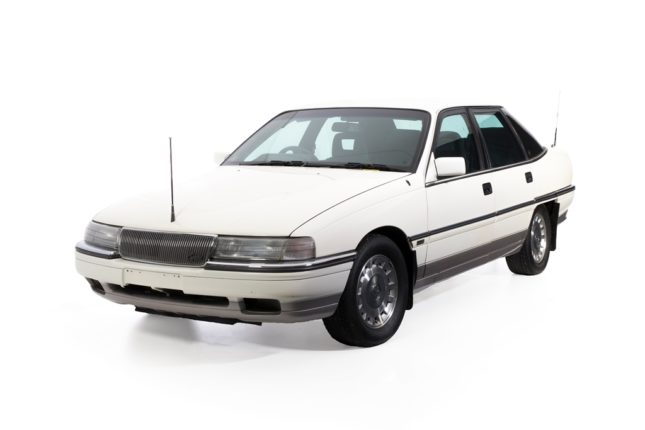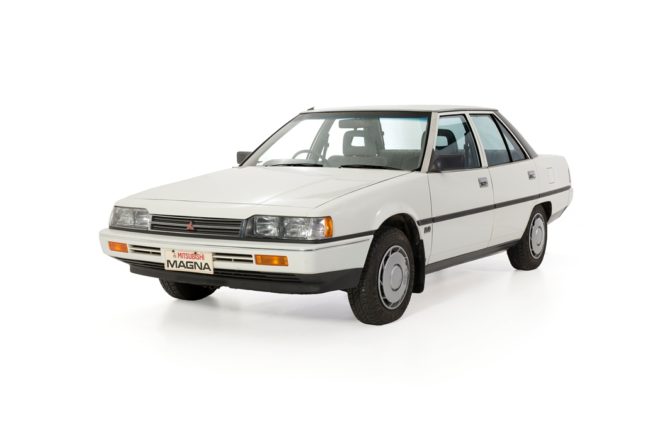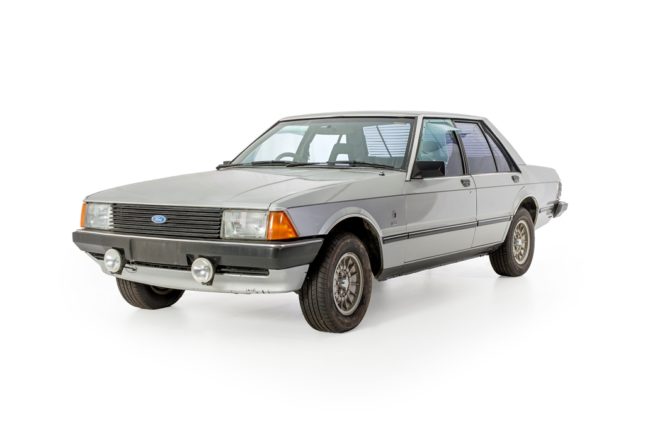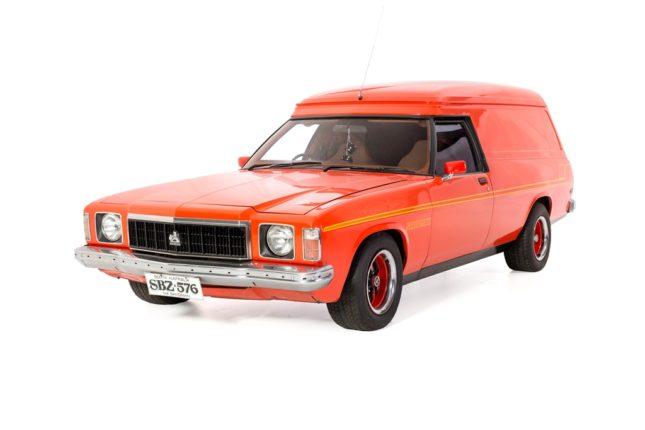The economic and trade relationship between Australia and Japan grew steadily from the 1960s and has had a major impact on the vehicle market.
Modern vehicles are defined by the Museum as those manufactured from 1970 to present. Australia provides the predominant source of food and raw materials for Japan, while Japan trades technology such as televisions, computers, cars and motorcycles. Australia has continued to import American and British cars, but these are often considered luxury marques. Japanese brands such as Mitsubishi and Toyota, have established Australian based subsidiary manufacturing facilities by taking over existing manufacturing plants from American and English companies. In last few decades Australian automotive manufacturers suffered from a long decline in sales, rising costs and reduced tariffs, not helped by the Global Financial Crisis of the late 2000s. The closure of GM Holden’s Elizabeth factory in 2017 marked the end of automotive manufacturing in Australia.






 Visit
Visit